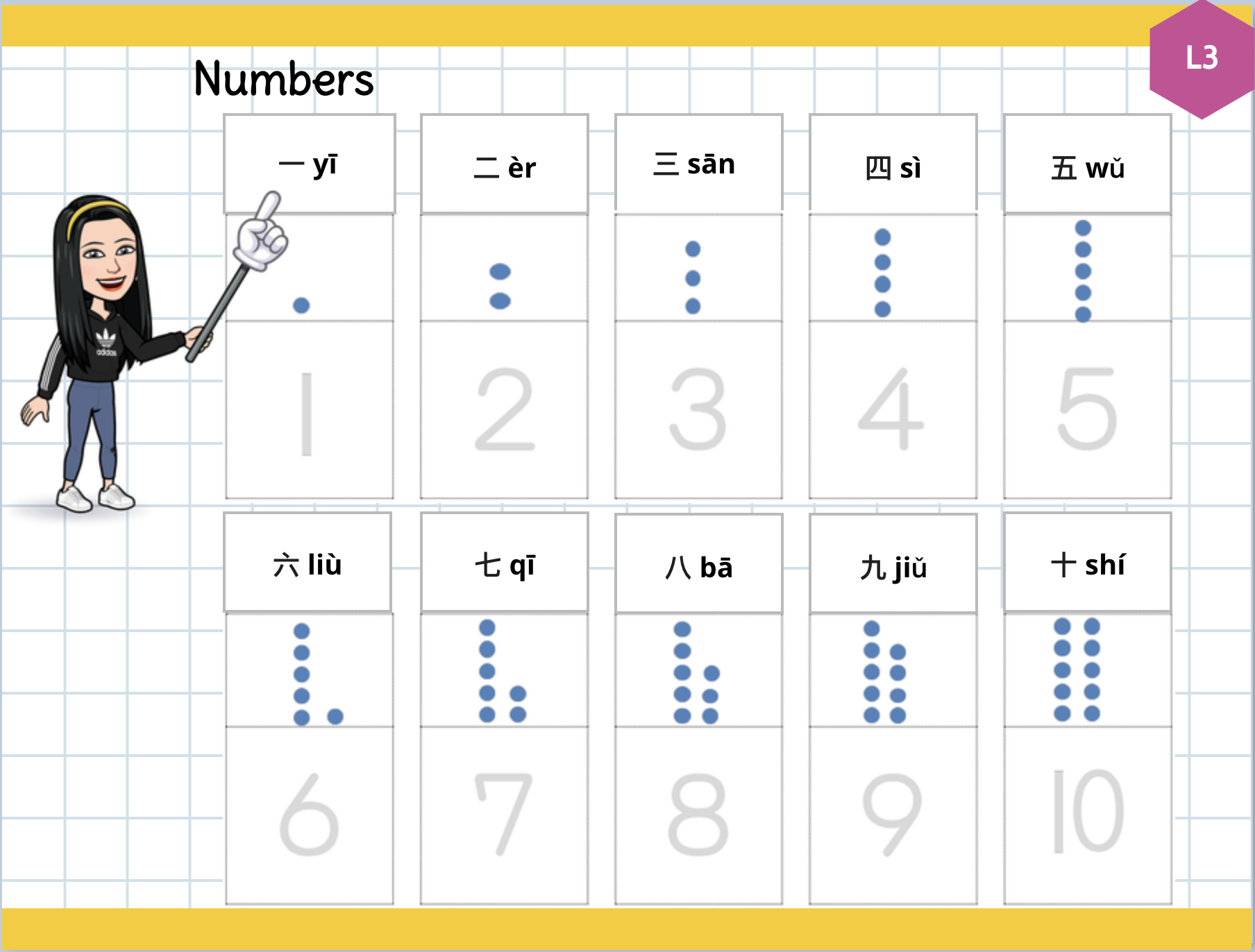In the realm of language acquisition, the significance of numeric literacy cannot be overstated. When examining this topic through a lens of cultural relativism, it is crucial to appreciate the unique ways in which different cultures approach the concept of numbers. This article explores the Chinese numerals from one to ten, aiming to provide an easy learning guide for beginners while considering the cultural implications that underpin these numerical systems. Cultural relativism encourages us to view these symbols not merely as abstract representations but as integral components of a rich cultural tapestry.
Chinese numerals operate on a base-10 system, akin to many other global numeral systems. However, their pronunciation and written representation are distinct, embodying elements of the culture’s history and philosophy. A critical aspect of understanding Chinese numbers is not only learning how to write them but also grasping the cultural context that informs their use.
1. The Framework of Chinese Numerals
Chinese numbers are primarily composed of characters that convey both numeric and symbolic meanings. The characters for 1 through 10 are as follows:
- 1 – 一 (yī)
- 2 – 二 (èr)
- 3 – 三 (sān)
- 4 – 四 (sì)
- 5 – 五 (wǔ)
- 6 – 六 (liù)
- 7 – 七 (qī)
- 8 – 八 (bā)
- 9 – 九 (jiǔ)
- 10 – 十 (shí)
This straightforward enumeration reflects a system that is not only logical but also suits the tonal nature of the Chinese language. The pronunciation of these numerals distinctly exemplifies tonal diversity—an inherent characteristic of Mandarin Chinese, where the meaning of words can dramatically shift with intonational changes.
2. Historical Context and Symbolism
Understanding the origins of these characters provides insights into their significance. The character 一 (yī), for instance, represents unity and individuality. In traditional Chinese philosophy, the number one symbolizes the beginning of all things, reflecting the cosmological belief in singularity as the origin of the universe. This precarious balance between numerology and philosophy permeates the entire numeric structure.
Furthermore, the characters for even numbers, such as 二 (èr) and 四 (sì), can have auspicious or inauspicious connotations. Particularly, the number four is often associated with bad fortune due to its phonetic resemblance to the word for ‘death’ (死, sǐ). Thus, many buildings avoid using the fourth floor. This cultural underpinning showcases how numbers transcend their arithmetic roles to influence societal norms and superstitions.
3. Learning Methods for Beginner Learners
When teaching these characters to beginners, a multifaceted approach is most effective. Here are several educational strategies that may be employed:
- Visual Aids: Utilizing images or flashcards depicting the numeral alongside its written form can facilitate visual learning.
- Writing Practice: Encouraging learners to handwrite the characters fosters muscle memory and enhances retention.
- Interactive Resources: Employing digital applications or online platforms where learners can engage with audio pronunciations and usage in context can enhance the learning experience.
In addition to these techniques, cultural immersion plays a pivotal role. Exposure to Chinese culture—be it through music, art, or cuisine—can engender a deeper understanding and appreciation of the numerals. This is where learning transcends rote memorization and becomes a holistic exploration of the language and its people.
4. Numerical Contextualization in Daily Life
Numbers in Chinese culture are deeply interwoven into everyday life, often used in auspicious practices during celebrations such as the Lunar New Year. For example, gifting money in red envelopes involves specific amounts believed to convey good fortune, reinforcing the social value of numerals in establishing relationships and maintaining cultural traditions.
Moreover, the use of numbers extends into familial structures, societal organization, and even business practices, accentuating their pervasive presence. Understanding how these numbers function in various contexts allows learners to appreciate their utility beyond the classroom.
5. Conclusion: A Cultural Journey through Numbers
In conclusion, the study of Chinese numbers from one to ten presents an enriching opportunity for beginners, grounded in the principles of cultural relativism. By encompassing not only the process of learning these numerals but also the cultural nuances they embody, learners can appreciate the depth of meaning behind what may initially appear as simple characters. The interaction between language, culture, and numeric systems invites students to embark on a journey that transcends mere linguistic competency—leading to a greater understanding and respect for the diversity of human expression. By exploring the connections between numbers and the rich narratives they represent, learners can cultivate a more profound engagement with the Chinese language and culture.
